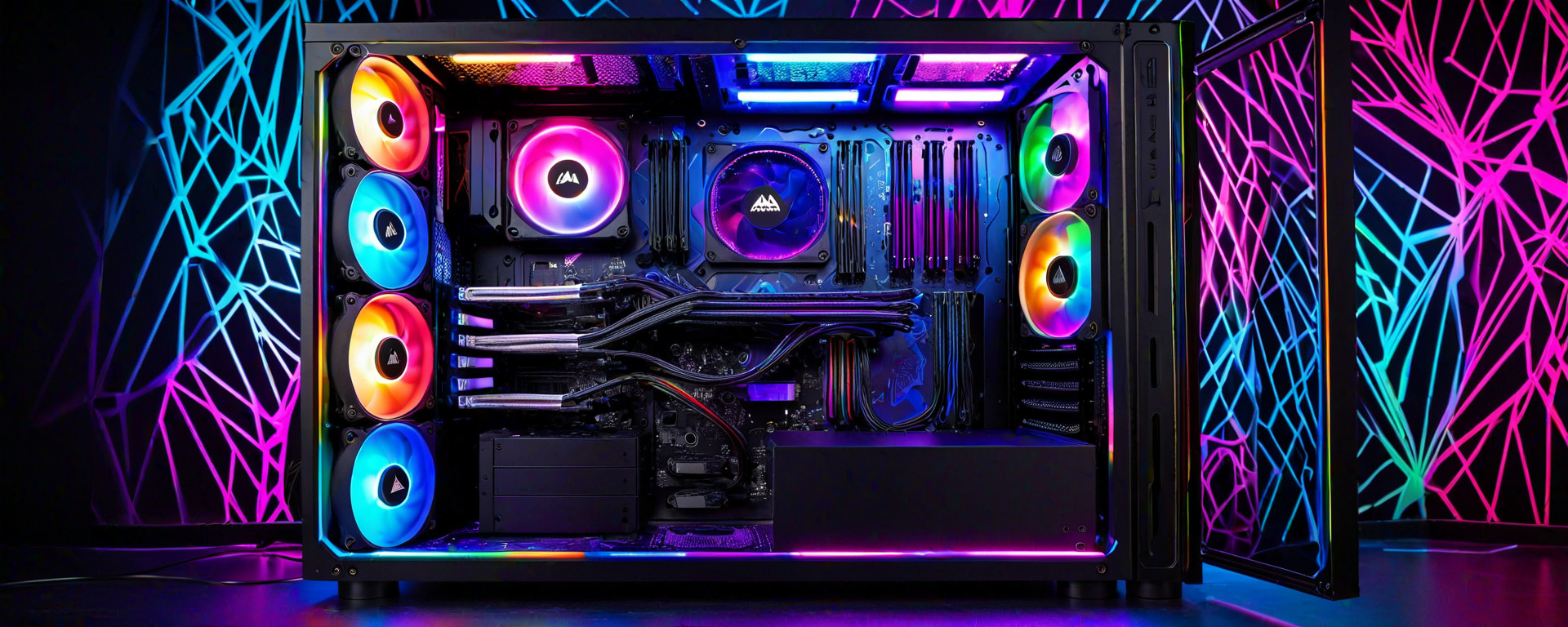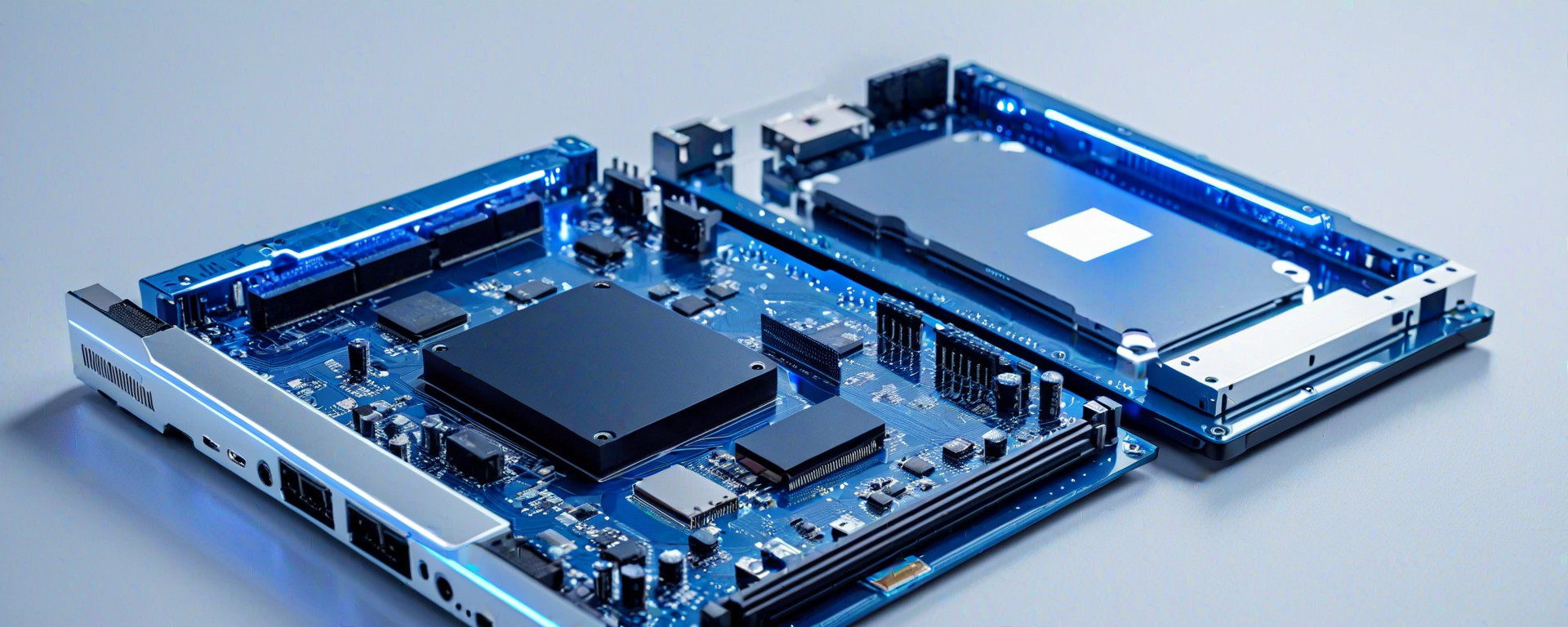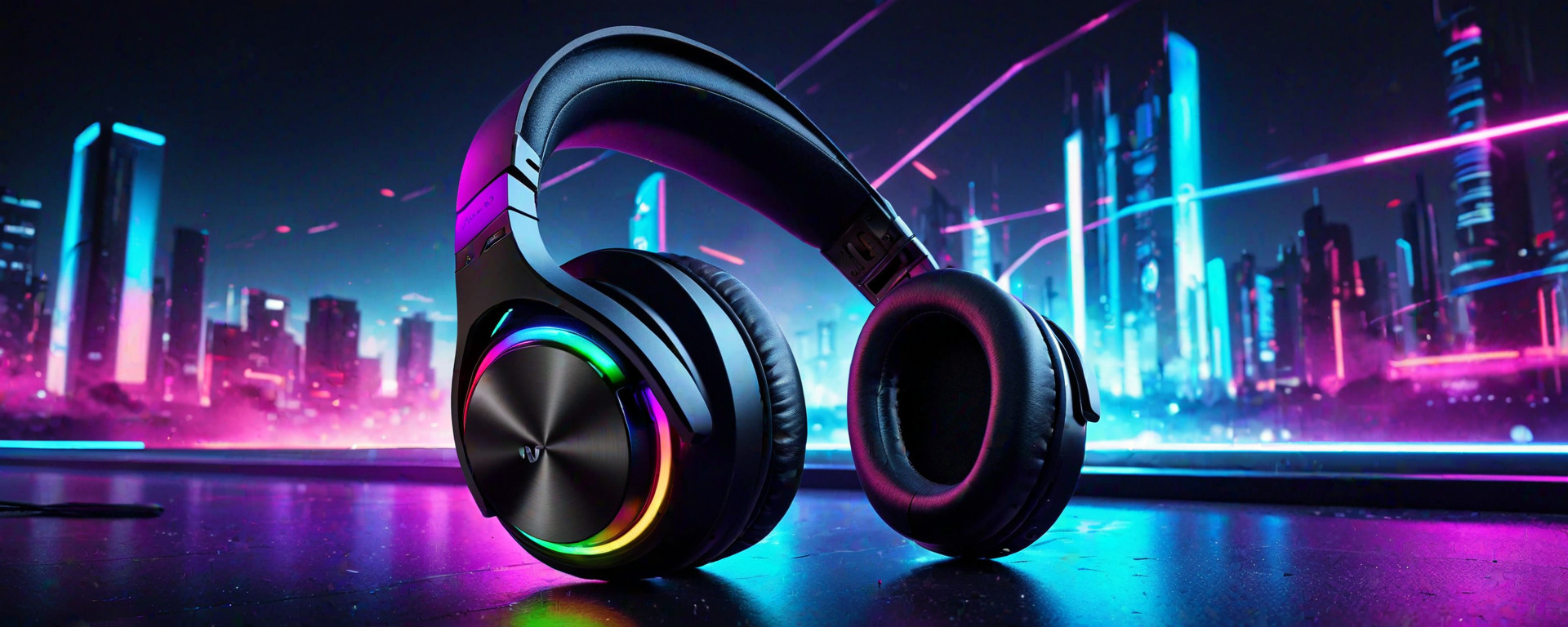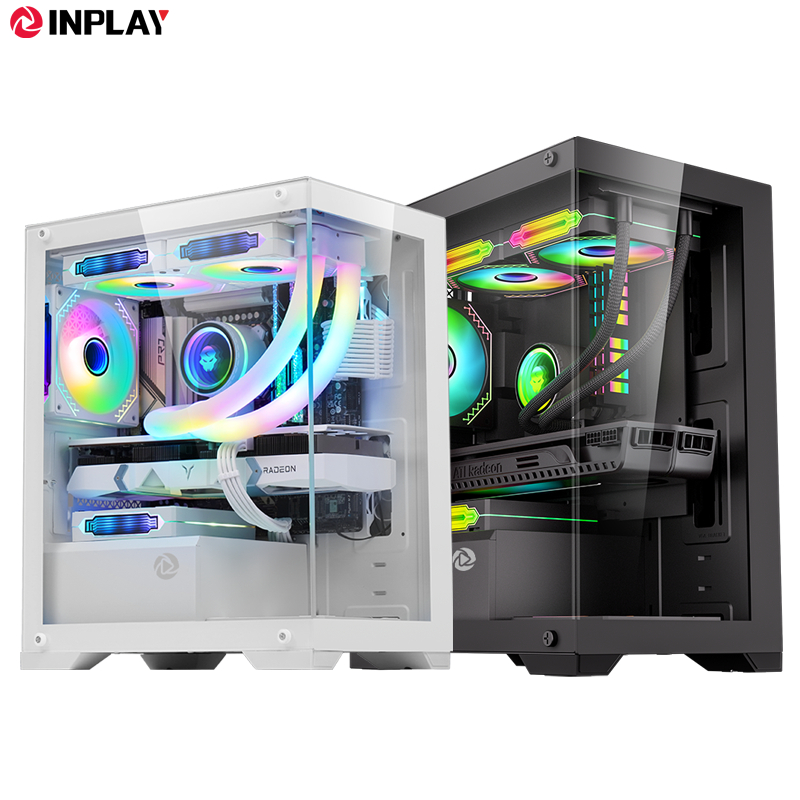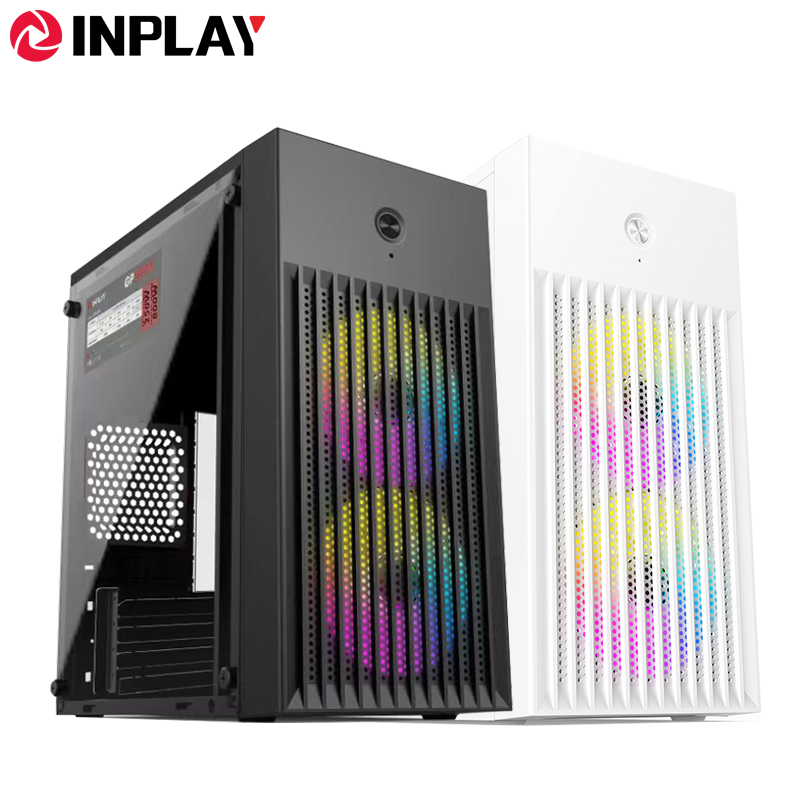Introduction to PC Enclosures
A computer case, also known as a PC enclosure, serves as the protective housing for all internal components of your personal computer. Beyond just providing physical protection, a well-designed case can significantly enhance performance through proper airflow management and cable organization, while also offering aesthetic appeal with features like RGB lighting or windowed panels.
Choosing the right case is crucial to ensure optimal functionality and longevity of your system. Whether you're building a high-performance gaming rig, a compact media center, or a powerful workstation for content creation, selecting an appropriate enclosure can make all the difference in your PC's performance and user experience.
Types of Computer Cases
ATX vs. MicroATX vs. Mini-ITX
The motherboard form factor determines the size and shape of a computer case, with three main categories: ATX, MicroATX, and Mini-ITX.
- ATX: Full-size cases designed for standard ATX motherboards. These are typically larger in stature but offer more expansion options and easier cable management.
- MicroATX: Smaller than ATX cases, they fit MicroATX motherboards and provide a good balance between size and functionality.
- Mini-ITX: Compact cases designed for Mini-ITX boards. They are highly portable but have limited expansion capabilities.
Case Form Factors: Full-Tower, Mid-Tower, and SFF Designs
Computer cases come in various form factors that cater to different requirements:
- Full-Tower Cases: These are large enclosures that provide ample space for multiple hard drives, extensive cable management, and high-end cooling solutions. Ideal for power users who require significant internal capacity.
- Mid-Tower Cases: A popular choice due to their balanced size and features. They offer good room for expansion while remaining compact enough for most desktop environments.
- SFF (Small Form Factor) Cases: Designed for minimalism, SFF cases are perfect for those who value portability or have limited desk space but still want a powerful system.
Key Features of PC Enclosures
Airflow Management
Proper airflow is essential to prevent overheating and ensure long-term stability. Cases with well-placed intake and exhaust fans, along with ample space for additional cooling solutions, are highly recommended.
Cable Organization
Easily accessible cable routing channels and tie-down points help keep internal components neat and improve air circulation within the case.
Drive Bays and Expansion Slots
The number of drive bays and expansion slots varies across different cases, allowing for varying levels of customization based on your storage and peripheral needs.
Selecting the Right PC Case
Performance Considerations
If you're building a high-performance system, prioritize airflow management and ease of cable routing. Look for cases that support multiple cooling solutions to ensure optimal temperature control.
Aesthetic Preferences
Cases with aesthetic features such as RGB lighting or tempered glass panels can enhance the visual appeal of your build but may require additional power consumption.
Top PC Enclosures in the Market
Fractal Design Meshify C
- Purpose: Ideal for high-performance builds with excellent airflow and cable management features.
- Key Features: 140mm front fan support, tool-less drive bay installation, tempered glass side panel.
- Pros: Superior cooling capabilities, clean aesthetics, easy to install components.
- Cons: Larger size may be a drawback for compact setups.
Corsair Carbide 500R
- Purpose: A versatile mid-tower case that balances form and function well.
- Key Features: Multiple fan mounts, easy access to components via magnetic dust filters, support for liquid cooling systems.
- Pros: Good balance of features and price, flexible cable management system.
- Cons: Limited customization options compared to higher-tier cases.
NZXT H510
- Purpose: A compact yet functional case for a range of builds, from gaming rigs to multimedia hubs.
- Key Features: RGB lighting strip included, tempered glass side panel, cable routing channels with rubber grommets.
- Pros: Sleek design, easy installation process, robust build quality.
- Cons: Limited room for expansion due to its compact size.
Troubleshooting and Common Issues
Finding the right PC case is just the beginning. Here are some common issues you might encounter during installation or use, along with their solutions:
- Overheating: Ensure proper airflow by installing additional fans or liquid cooling systems.
- Cable Management Problems: Utilize cable ties and routing channels to organize cables neatly. This improves aesthetics and enhances air circulation.
- Noise Levels: Opt for cases with noise-reducing features such as rubber grommets or magnetic dust filters.
Frequently Asked Questions (FAQ)
- What is the difference between ATX and MicroATX?
- How can I improve airflow in my PC case?
- Which features should I look for if I want a case with RGB lighting?
- Can you recommend a good budget-friendly case?
- Is it better to choose an all-in-one liquid cooler or individual components?
- How do I install additional fans in my PC case?
- What are the benefits of using tempered glass panels over metal ones?
- Where can I find reviews and benchmarks for different cases?
Conclusion and Recommendations
- Ensure you choose a case that aligns with your specific needs, whether it's performance-oriented or aesthetic-driven.
- Invest in high-quality components to maximize the longevity and efficiency of your build.
- Stay informed about new technologies and trends in PC building to optimize your system's performance and aesthetics.
By carefully considering these factors and researching thoroughly, you can select a PC case that not only meets but exceeds your expectations. Happy building! 🚀🔧
If you have any further questions or need more detailed guidance on specific aspects of choosing the right PC case, feel free to reach out for assistance.
Thank you for reading and happy computing!
